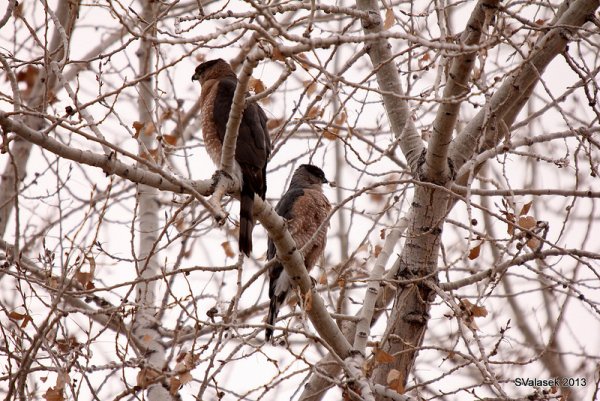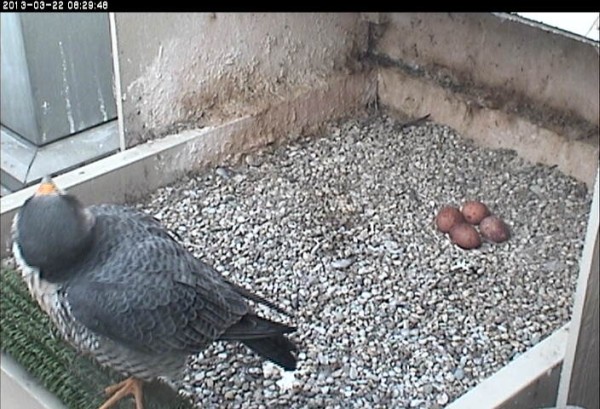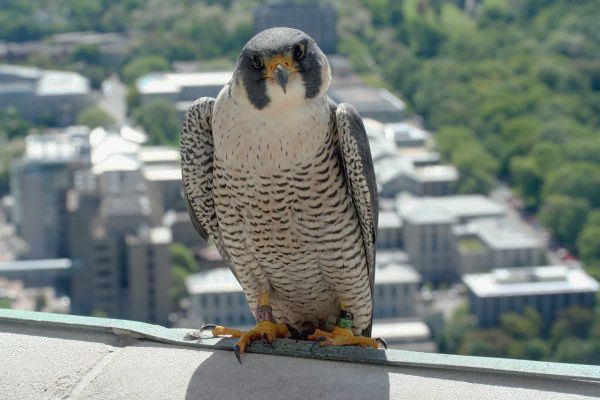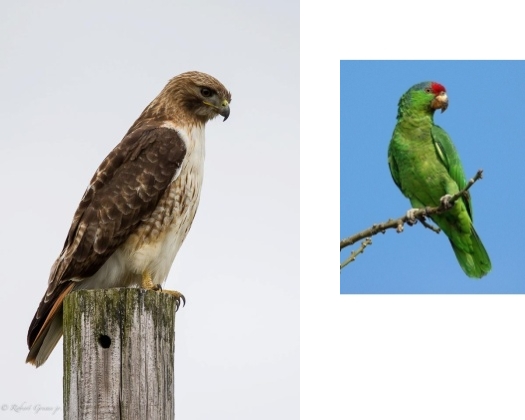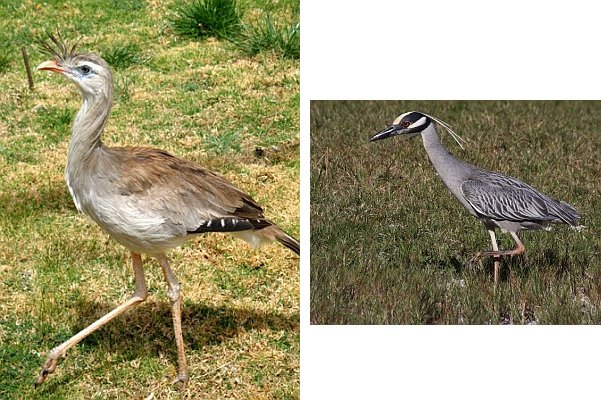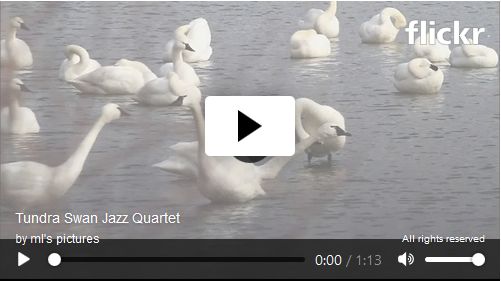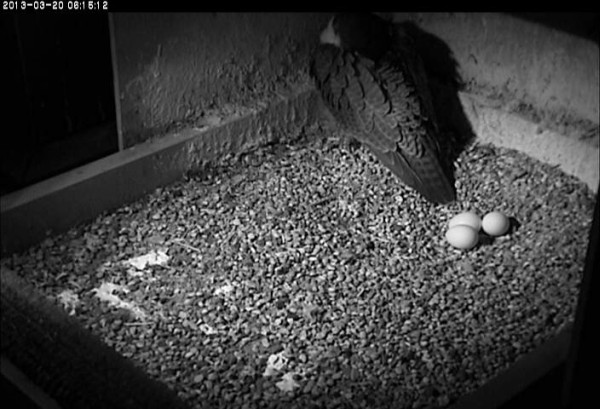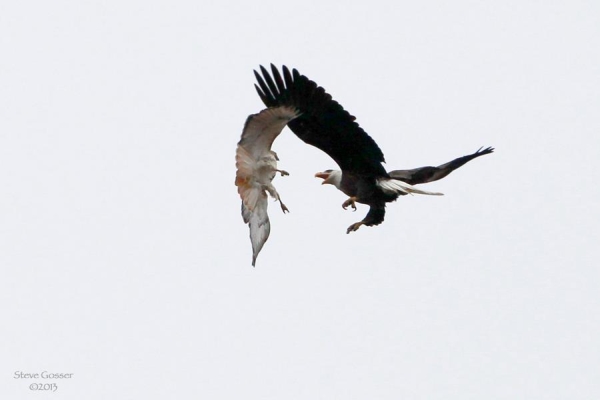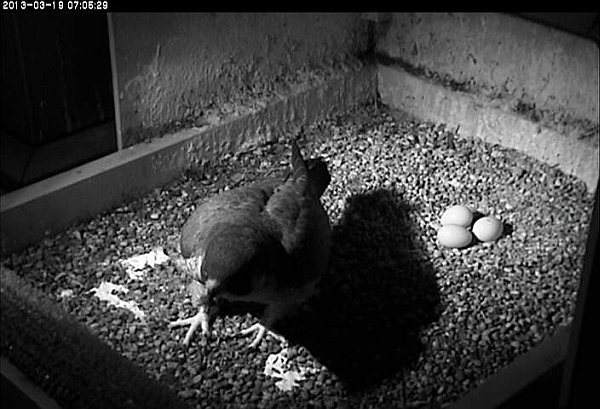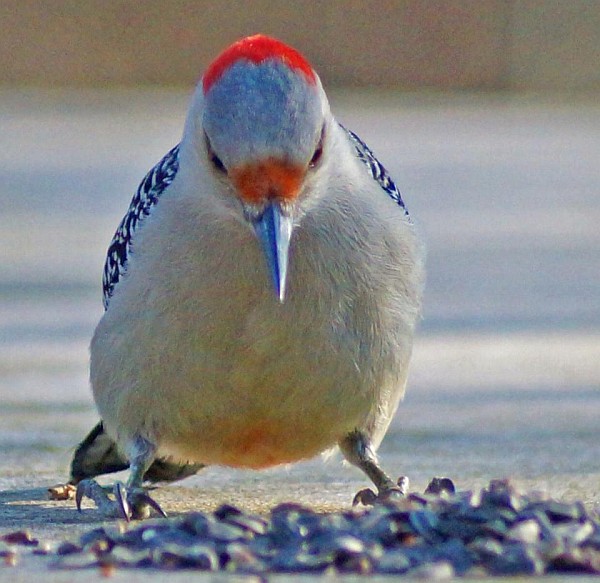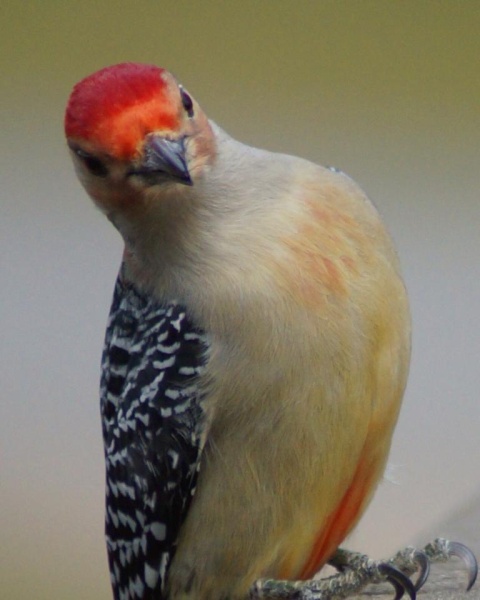
Cars and trucks have changed the cliff swallow.
For 30 years Charles Brown and his wife Mary Bomberger Brown have studied cliff swallows (Petrochelidon pyrrhonota) in southwestern Nebraska. They’ve meticulously monitored, measured and banded the birds at their nests under bridges and overpasses and they’ve counted and measured the road killed birds.
Their attention to detail has paid off in an unexpected way.
Cliff swallows attach their mud nests to cliffs or bridges. In Nebraska where there are few cliffs, the swallows use busy highway overpasses. If the swallows aren’t quick to fly up out of traffic they become road kill.
When the Browns began their study in 1982 they typically found 20 road killed cliff swallows per season, but since 2008 they’ve usually found less than five. The traffic has remained the same while the swallows’ population has more than doubled, yet the road kill numbers dropped dramatically.
What changed? The swallows changed!
The Browns’ data reveals that thirty years ago Nebraska’s cliff swallows had longer wingspans. Today’s shorter wings allow the birds to maneuver more quickly and turn away from oncoming vehicles. In fact, the few road killed birds they find today have longer wings than the rest of the population.
The shorter-winged birds survive to breed, the long-winged birds do not. In only 30 years, traffic’s unnatural selection has forced cliff swallows to evolve.
If traffic can do this to cliff swallows, I wonder what it’s done to Pennsylvania’s white-tailed deer.
Read more about this study in ScienceNOW.
(photo of a cliff swallow near the Rt. 528 bridge in Moraine State Park by Chuck Tague)
